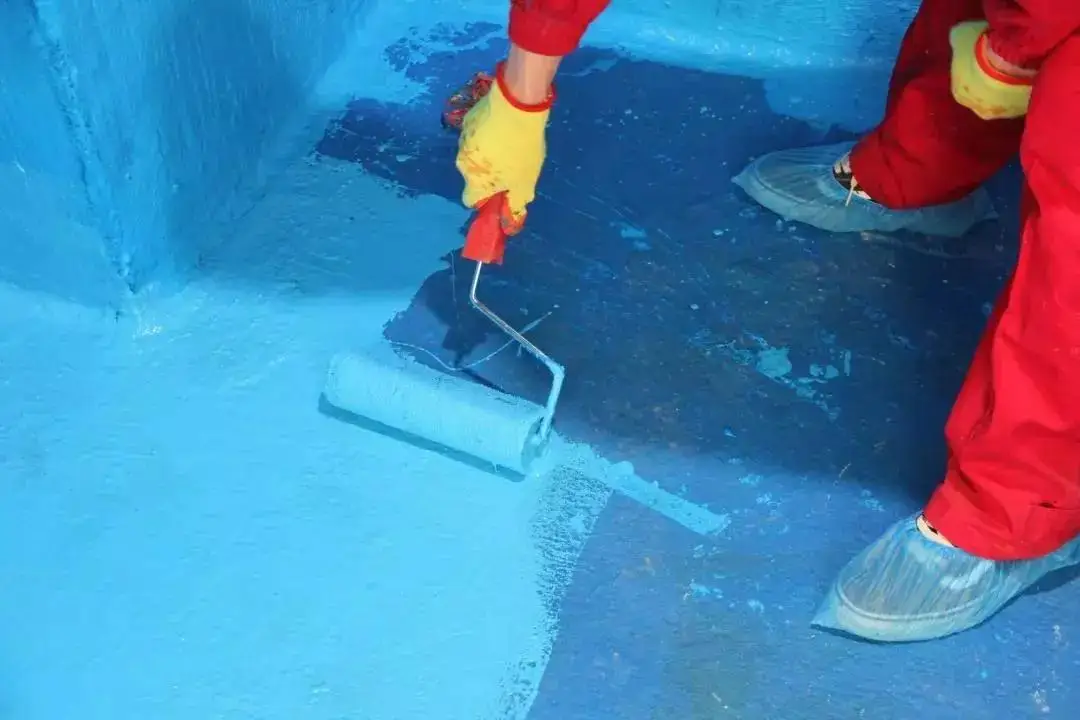
Why Choose Exterior Oil-Based Paint for Wood? Benefits and Application Tips-When it comes to protecting and enhancing the appearance of outdoor wood surfaces, choosing the right type of paint is crucial. Among the various options available, exterior oil-based paints for wood stand out as one of the best choices for durability and long-lasting protection. These paints offer superior performance in harsh weather conditions, making them ideal for outdoor projects like decks, fences, siding, and trim. In this article, we’ll explore the benefits of using exterior oil-based paints for wood and provide some helpful application tips to ensure a perfect finish.
Benefits of Exterior Oil-Based Paints for Wood

Exterior oil-based paints for wood offer a number of advantages over other types of paint, especially when it comes to durability, weather resistance, and overall protection. Let’s dive into the key benefits that make oil-based paints a popular choice for outdoor wood surfaces.
1. Superior Durability
One of the main reasons to choose exterior oil-based paints for wood is their exceptional durability. Oil-based paints form a tough, thick layer that adheres to wood surfaces more effectively than water-based alternatives. This protective layer is more resistant to chipping, cracking, and peeling, even when exposed to harsh weather conditions. Whether your wood is exposed to intense sunlight, heavy rainfall, or freezing temperatures, oil-based paints provide the strength and resilience to withstand it all.
2. Excellent Water Resistance

Wood is naturally porous, which means it can absorb moisture from rain or humidity. Over time, this moisture can cause wood to warp, rot, or discolor. Exterior oil-based paints for wood create a water-resistant barrier that prevents moisture from seeping into the wood. This is particularly important for outdoor projects like decks, fences, and siding that are frequently exposed to the elements. The enhanced water resistance of oil-based paints helps protect your wood surfaces from damage caused by water, ensuring they last longer and maintain their appearance.
3. UV Protection and Color Retention
Another benefit of exterior oil-based paints for wood is their ability to provide UV protection. The oils in these paints act as a shield, blocking harmful ultraviolet rays from the sun, which can cause fading and deterioration of wood over time. As a result, oil-based paints help preserve the color and texture of your wood surfaces for an extended period. Whether you’re painting a wooden deck or exterior trim, the paint’s ability to retain color ensures your outdoor surfaces stay vibrant and fresh-looking for years to come.
4. Enhanced Adhesion and Flexibility
Oil-based paints are known for their excellent adhesion properties. They penetrate deeply into the wood fibers, creating a strong bond that helps the paint stay intact for a long time. This is especially important for wood surfaces that expand and contract with changing weather conditions. Oil-based paints are more flexible than other types of paints, allowing them to move with the wood without cracking or peeling. This flexibility makes oil-based paints ideal for areas with fluctuating temperatures and humidity levels. (Read More: The Latest Trends in Above-Bed Decorations for a Stylish Bedroom in 2024)
5. Smooth, Glossy Finish
If you’re looking for a high-quality, professional finish, exterior oil-based paints for wood are an excellent choice. These paints provide a smooth, glossy finish that enhances the natural beauty of the wood. The finish is not only visually appealing but also creates a protective barrier that’s easier to clean and maintain. The glossy sheen adds an elegant touch to outdoor wood surfaces, making them look polished and well-kept.
Application Tips for Exterior Oil-Based Paints for Wood

While exterior oil-based paints for wood offer many benefits, achieving the best results requires proper preparation and application. Here are some helpful tips to ensure a flawless finish.
1. Prepare the Surface Properly
Before applying any paint, it’s important to prepare the wood surface properly. Start by cleaning the wood thoroughly to remove dirt, debris, and any previous paint or stain. If there’s any peeling or flaking paint, use a scraper or wire brush to remove it. Sand the surface to create a smooth, even texture for the paint to adhere to. If you’re painting new wood, make sure it’s dry and free from any moisture before starting.
2. Choose the Right Primer
Although oil-based paints have good adhesion properties, applying a high-quality primer before painting can improve the results. A primer will help seal the wood, create a smooth surface, and enhance the paint’s durability. Choose an oil-based primer that’s specifically formulated for exterior wood surfaces to ensure optimal performance. Be sure to allow the primer to dry completely before applying the topcoat of paint. (Read More: DIY Anniversary Decoration Ideas: How to Create a Magical Atmosphere at Home)
3. Use the Right Tools
For the best results, use high-quality brushes or rollers designed for oil-based paints. A natural bristle brush is ideal for applying oil-based paints, as it holds the paint well and helps distribute it evenly across the surface. Avoid using synthetic brushes, as they may leave streaks or an uneven finish. If you’re painting a large surface, a roller can help speed up the process and provide a smooth, even coat.
4. Apply Thin, Even Coats
When applying exterior oil-based paint for wood, it’s important to avoid applying the paint too thickly. Instead, apply thin, even coats to ensure the paint dries properly and adheres well to the surface. Allow each coat to dry completely before applying the next one. Most oil-based paints require at least 8 to 12 hours to dry between coats, so be patient and give the paint plenty of time to cure. (Read More: Pearl-Inspired Color Schemes: Transform Your Home with Elegant Subtlety in 2024)
5. Take Weather Conditions into Account
The best time to apply exterior oil-based paints for wood is during mild weather conditions. Avoid painting on very hot or humid days, as this can cause the paint to dry too quickly, leading to an uneven finish. Similarly, don’t paint during rainy weather, as moisture can interfere with the drying process and affect the quality of the finish. Aim for a dry, temperate day with temperatures between 50°F and 85°F (10°C to 30°C) for optimal application conditions.
Conclusion article Why Choose Exterior Oil-Based Paint for Wood? Benefits and Application Tips
Exterior oil-based paints for wood offer a range of benefits, including durability, water resistance, UV protection, and a smooth finish. Whether you’re painting a deck, fence, or siding, these paints provide long-lasting protection against the elements and help preserve the natural beauty of your wood surfaces. By following proper preparation and application techniques, you can ensure a flawless finish that will protect your outdoor wood for years to come. So, if you’re looking for a paint that offers superior performance and long-term protection, exterior oil-based paints for wood are an excellent choice.



